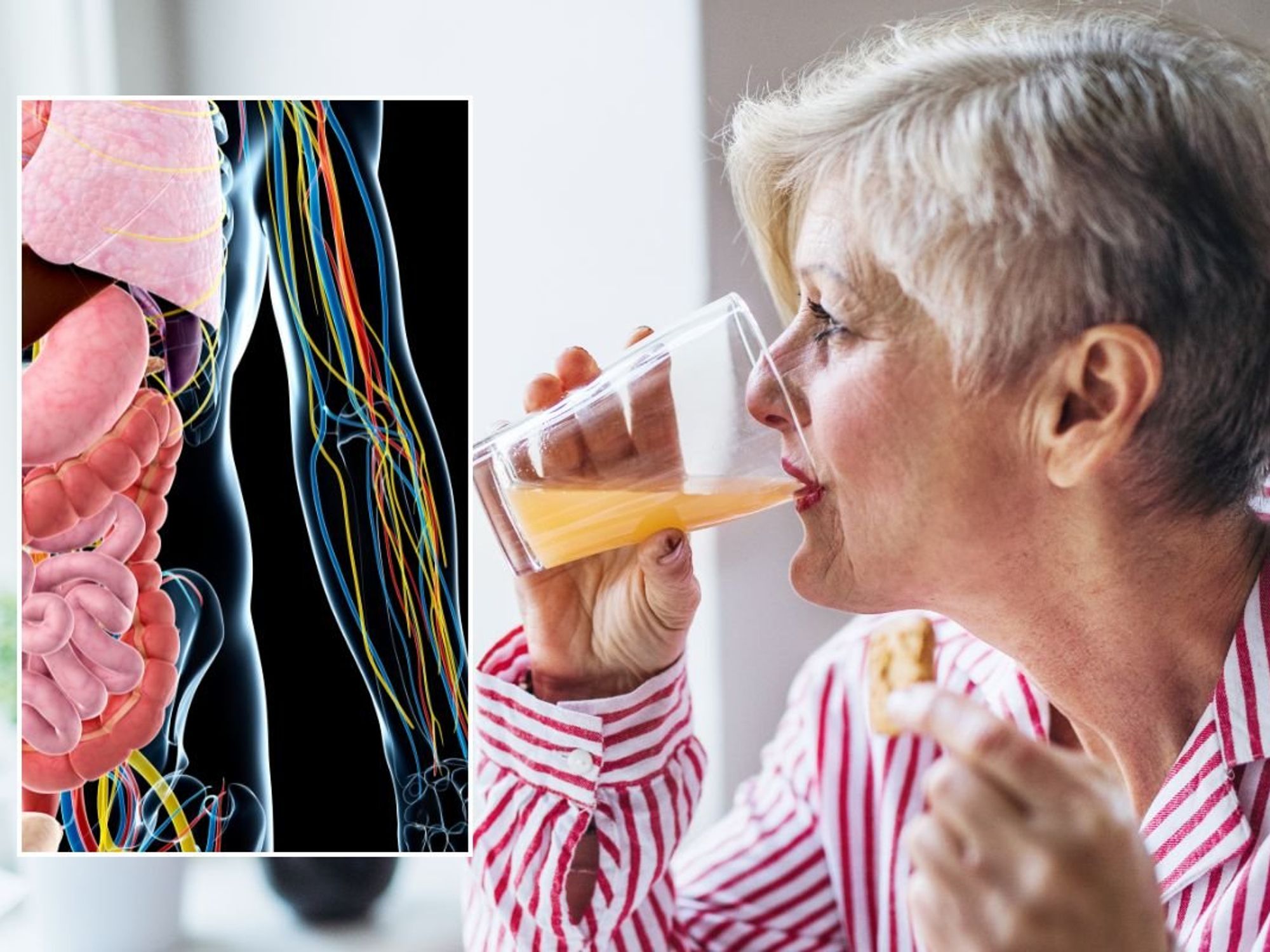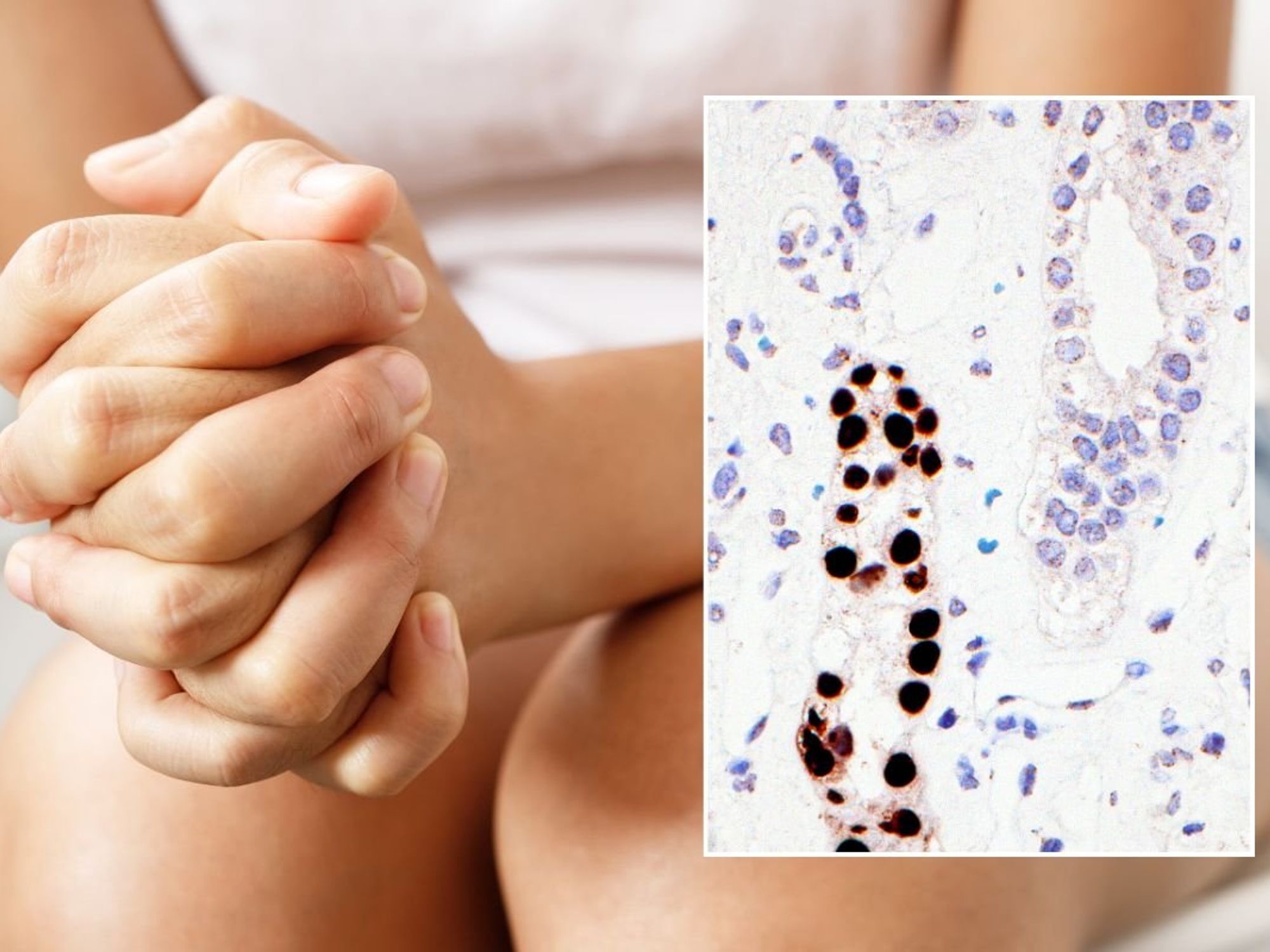Parkinson's breakthrough as 3 key 'behavioural changes' may predict disease before symptoms appear

The subtle indicators could provide clinicians with new tools for the early detection of Parkinson's disease
Don't Miss
Most Read
Scientists in China have identified specific physical behaviours that could provide early warning signs for Parkinson's disease, according to new research published in Translational Psychiatry.
A team from the Shenzhen Institutes of Advanced Technology of the Chinese Academy of Sciences has discovered that movements such as rearing, walking and hunching are linked to the loss of dopamine neurons in a specific brain region.
The researchers, led by Professor Xuemei Liu and Professor Pengfei Wei, employed sophisticated three-dimensional analysis combined with machine learning technology to examine detailed motor behaviours in mice.
Importantly, the key behaviours occurred even when overall motor deficits were not obvious, meaning they could be early indicators, before signs like tremor or major rigidity appear.

Physical indicators may appear before signs like tremors or major rigidity appear
|GETTY
The behaviours appear to be specifically associated with the loss of dopamine neurons in the substantia nigra pars compacta (SNc), but not in the ventral tegmental area (VTA).
Both brain regions contain dopamine neurons that are crucial for regulating movement, emotion and reward processing.
However, the research demonstrates that only damage to SNc neurons correlates with the identified behavioural changes.
While the study is preclinical, it enhances understanding of how the early stages of Parkinson’s may affect behaviour and posture.
Researchers observed significant reductions in rearing and hunching behaviour in the Parkinson's disease models, which directly correlated with dopamine neuron loss in the SNc.
Whilst overall motor deficits were not pronounced, the analysis revealed notable behavioural lateralisation in the affected mice.
The AAV-induced ablation model further confirmed that climbing behaviour, similar to rearing, showed a strong correlation with SNc neuron loss.
The damage to SNc neurons substantially reduced motor function and influenced movement lateralisation, providing clear behavioural indicators of disease progression.
LATEST DEVELOPMENTS

The early stages of Parkinson’s may affect behaviour and posture
|GETTY
The findings represent a significant advance in understanding Parkinson's disease progression and could lead to improved treatment approaches.
"Connecting behavioural changes with targeted neural damage advances the understanding of PD progression and offers valuable insights into improving treatment strategies," said Professor Liu.
The research highlights rearing behaviour and behavioural lateralisation as potential markers for monitoring the disease's development.
It demonstrates how advanced technology can reveal previously undetected patterns in spontaneous behaviours, potentially transforming how the condition is diagnosed and monitored.











